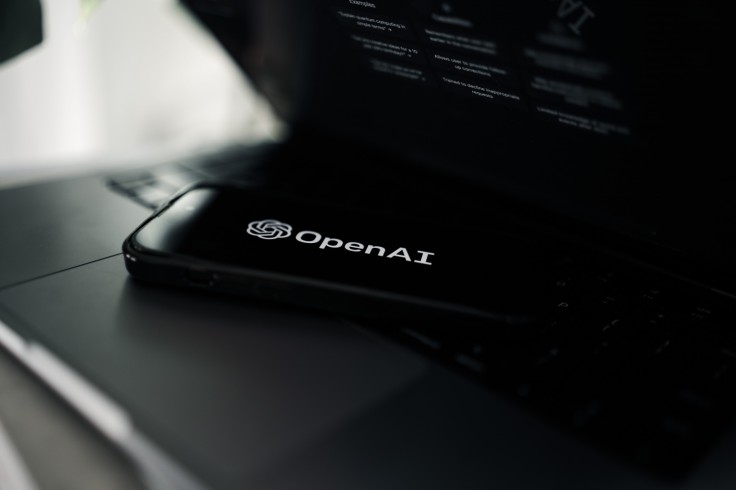All images generated with ChatGPT and DALL-E 3 will have a Coalition for Content Provenance and Authenticity (C2PA) watermark on their metadata, as announced by OpenAI.
The change will start rolling out to all mobile users starting February 12.

OpenAI Supports C2PA Initiative
According to the announcement, mobile users will get watermarks, including an invisible metadata component and a visible CR symbol placed in the image's top left corner. Users can use the site Content Credentials Verify to know if an image was generated using OpenAI's tools.
However, OpenAI acknowledged that this is not an absolute solution to address the issue of transparency as the metadata can be deleted. Most social media platforms often remove the metadata once the photos are uploaded, screenshots can also remove it.
Meanwhile, the C2PA watermark is expected to increase the file size of each image. Creations that are PNG and made through API will have a 3% increase while WEBP images will have a 5% increase. WEBP images created using ChatGPT will bump its file size by 32%.
How C2PA Changes AI-Generated Content Tracking
In 2023, Adobe was joined by various photography, media, and technological companies in implementing Content Credentials. The main agenda of the C2PA initiative is to promote an open and transparent internet at the height of generative AI.
"With this information at your fingertips, you have the ability to decide if you trust the content you see-understanding what it is and how much editing or manipulation it went through," the announcement read.
Creators are given the free will to attach a CR symbol to their AI-generated content. All information such as the edit history of the content will also be visible to the public.
"We believe that adopting these methods for establishing provenance and encouraging users to recognize these signals are key to increasing the trustworthiness of digital information," OpenAI explained.
Related Article : Adobe Introduces Symbol to Promote AI-Generated Content Tagging









